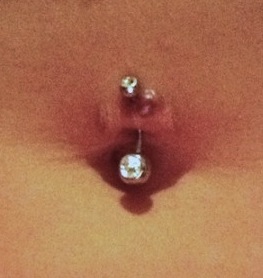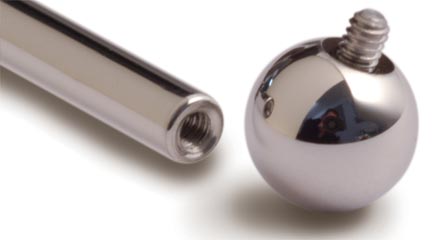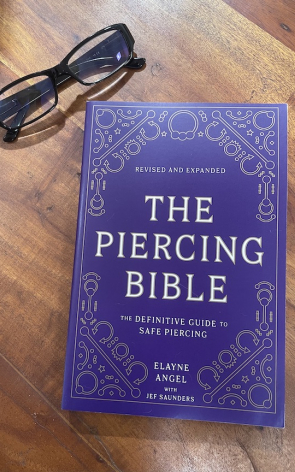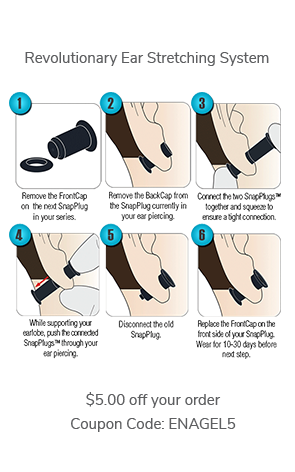I received a message from a woman who was concerned about her navel piercing, which is experiencing healing problems:
Hello!
I ran into your site hoping you can help me with my piercing. I recently got my belly pierced about two months ago and I'm not sure if I should be worried. I have a tiny bump that had pus and bled a little by the top of my piercing and I also noticed that my piercing area has gotten a lot smaller because my jewelry has so much space to move. I am worried that my body may be rejecting my piercing because I have pierced it before and it had a thin piece of my skin holding it it. I finally took it out and discovered that I have a keloid due to my body rejecting my piercing before and I was hoping that this piercing would eventually cover it when my piercing heals fully so that I could get different jewelry. My piercer said he was using a very high grade of surgical steel and that I shouldn't have a problem. I hope you can help me with some answers. Thank you.
My Reply:
Hi there,
Unfortunately, your piercing does not appear salvageable. There's simply too little tissue left between the entry and exit. Further, with the overly long barbell in place, you are at risk of rejection or accidentally tearing it out. I would strongly suggest you abandon the piercing.
It looks like you may have what I call a "Localized Piercing Pimple" at the previous piercing site. See this page for information about that: http://piercingbible.com/troubleshooting#Localized_Piercing_Pimple
Even if you do take the jewelry out, I do suggest saline soaks: http://piercingbible.com/saline-soaks
Also see this section (especially the bold portion) from my book, The Piercing Bible--The Definitive Guide to Safe Body Piercing, as I believe it may explain what's happening in your case:
Repiercing After Loss
When trauma, migration, or rejection results in the loss of a piercing, you can often be repierced—unless you were left with an excessive amount of scarring or lack of tissue pliability. After losing or abandoning your piercing under difficult circumstances, it is prudent to wait a year or more before repiercing.
Consider what caused your problem and what you can do differently so that it doesn’t happen again. When you do repierce, it is best to try a different size or style of jewelry, or alternate material or care regimen if you are not sure what went wrong previously. In cases of migration or rejection, ask yourself relevant questions: Did I sleep on the piercing? Did I experience an unusual amount of physical or emotional stress? Did I care for the piercing properly? Was my jewelry suitable?
Your piercer will usually position the new piercing behind any scar tissue, though this does not assure success, because scar tissue is weaker than regular skin, contrary to what many piercers believe.
Sometimes a migrated piercing that has been abandoned will remain an open channel, but it is too shallow to safely support jewelry. You can ignore an empty hole because it does not represent a health risk. But, when it comes to repiercing, sometimes an old channel becomes inflamed or infected after a new piercing is placed nearby. Due to continuous secretion or irritation from the previous piercing, occasionally these situations cannot be resolved satisfactorily and you will not be able to wear jewelry in the site.
Did you go to a member of the Association of Professional Piercers? http://www.safepiercing.org/
If not, do you know if you are wearing internally threaded jewelry? Does it have a mirror finish (see image below)? If you are not wearing this type high quality jewelry, that could have contributed to the problem.






